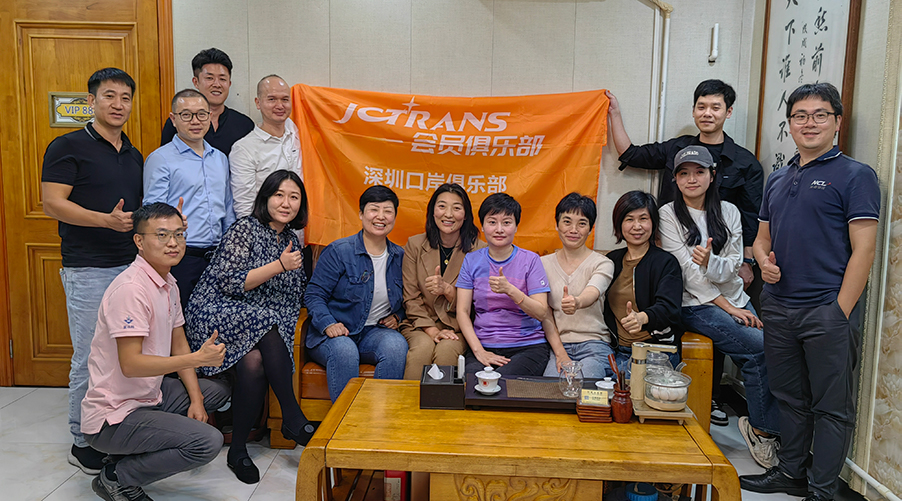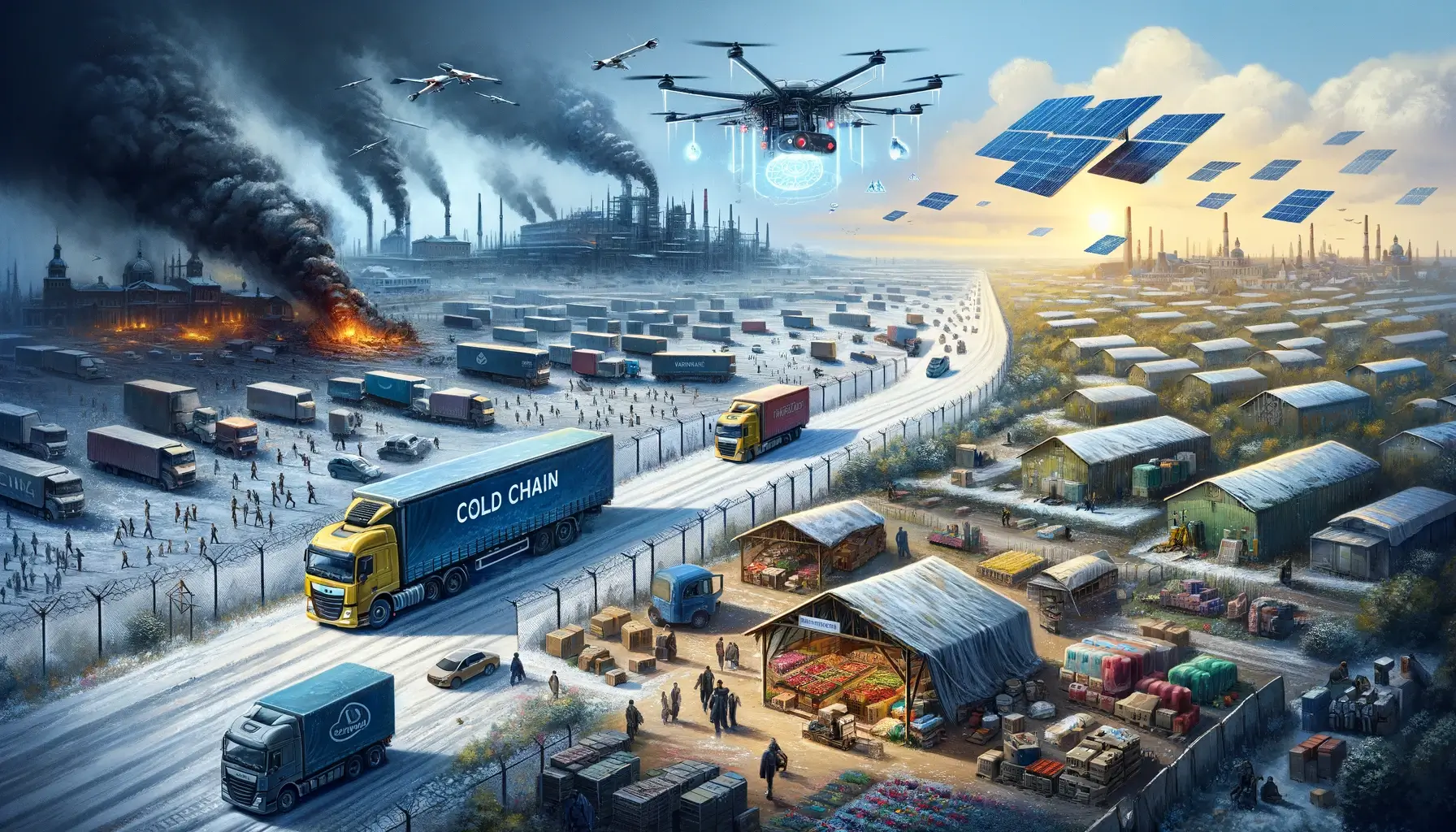Global Logistics 4.0: Revolutionizing the way we move goods

In today's fast-paced world, the movement of goods across the globe has become an integral part of our daily lives. But have you ever wondered how this process has evolved over time? From ancient trade routes to modern-day shipping lanes, the journey of logistics has been one of constant innovation and adaptation.
1, The Evolution of Global Logistics:
Throughout history, the development of global logistics has been closely tied to advancements in transportation and communication. From the Silk Road connecting the East and West to the steam-powered ships of the industrial revolution, each era brought new opportunities and challenges for the movement of goods.
2, The Rise of Technology:
With the advent of the digital age, technology has played an increasingly important role in shaping the logistics industry. From the invention of the barcode to the implementation of GPS tracking systems, each innovation has helped streamline the process of transporting goods from one place to another.
3, Enter Logistics 4.0:
Today, we stand on the brink of a new era in logistics: Logistics 4.0. This concept represents the next phase of evolution for the industry, where traditional methods are augmented and enhanced by cutting-edge technologies such as artificial intelligence (AI), big data analytics, and the Internet of Things (IoT).
4, Key Components of Logistics 4.0:
AI-Powered Decision Making: By harnessing the power of AI, logistics companies can optimize routes, predict demand, and improve efficiency.
Big Data Analytics: With access to vast amounts of data, companies can gain valuable insights into consumer behavior and market trends, allowing for more informed decision-making.
IoT Integration: Through the use of sensors and connected devices, logistics networks can be monitored in real-time, enabling greater visibility and control over the supply chain.
Autonomous Vehicles: The rise of autonomous vehicles, including drones and self-driving trucks, promises to revolutionize the way goods are transported, making the process faster, safer, and more efficient.
5, Benefits of Logistics 4.0:
Increased Efficiency: By leveraging advanced technologies, logistics companies can streamline operations and reduce costs.
Improved Customer Service: With greater visibility and control over the supply chain, companies can provide better service to their customers, with faster delivery times and fewer errors.
Sustainability: Logistics 4.0 also has the potential to make the industry more environmentally friendly, with the use of electric vehicles and optimized routes reducing carbon emissions.
6, Challenges and Opportunities:
While Logistics 4.0 holds great promise, it also presents its own set of challenges. From cybersecurity threats to the need for skilled workers capable of operating and maintaining new technologies, companies will need to adapt and evolve to succeed in this new era.
In conclusion, Logistics 4.0 represents a paradigm shift in the way we move goods around the world. By embracing new technologies and innovative approaches, the industry has the potential to become faster, more efficient, and more sustainable than ever before. As we embark on this journey into the future, one thing is clear: the possibilities are endless.
 CN
CN EN
EN










